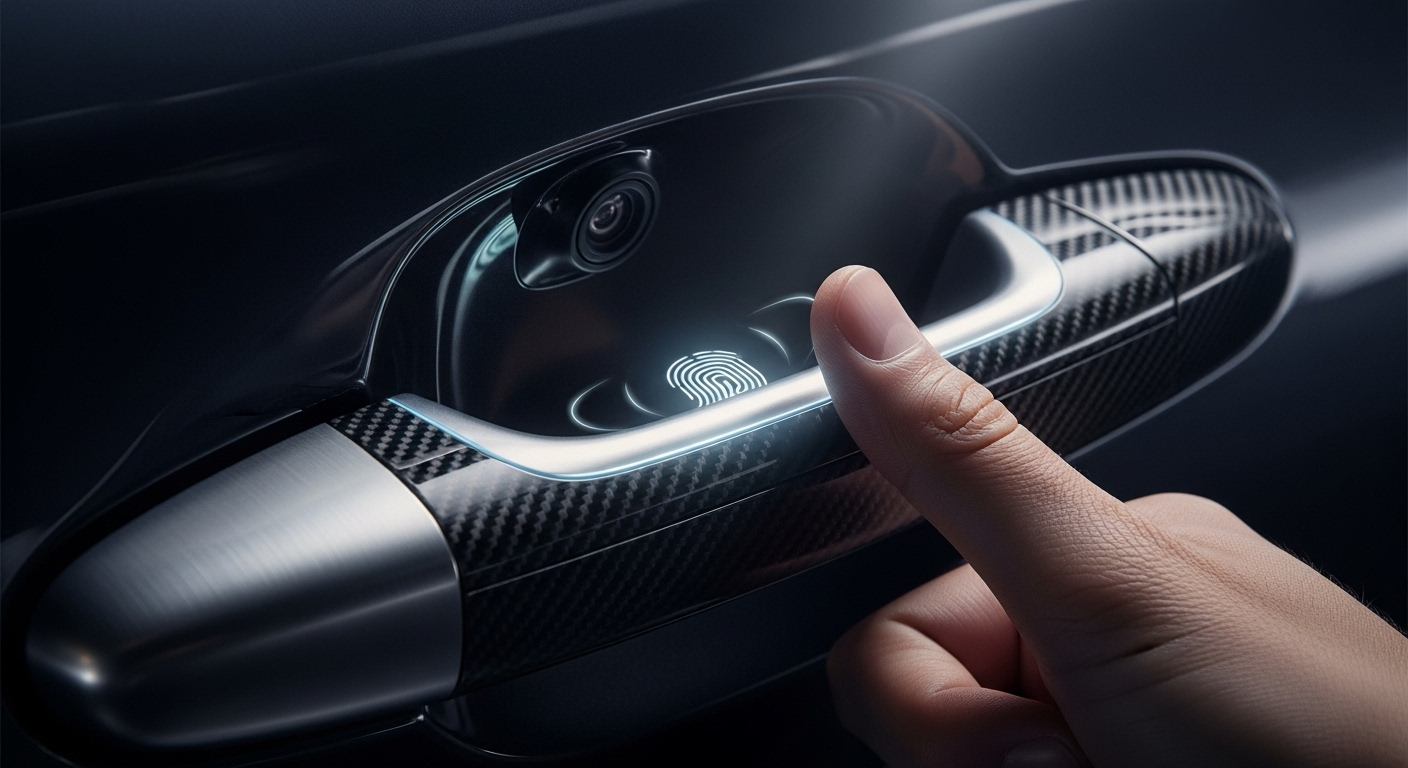Biometric Vehicle Access: The Future of Automotive Security
Imagine approaching your car, and without reaching for a key or even your smartphone, the doors unlock. As you settle into the driver's seat, the engine purrs to life, recognizing your unique physiological signature. This isn't science fiction—it's the cutting-edge world of biometric vehicle access, a technology poised to revolutionize how we interact with our automobiles.

Understanding Biometric Vehicle Access
Biometric vehicle access represents the latest frontier in this ongoing battle. At its core, this technology utilizes unique biological characteristics—such as fingerprints, facial features, or even cardiac rhythms—to authenticate a driver’s identity. Unlike keys or fobs, which can be lost or stolen, biometric markers are inherently tied to an individual, offering a level of security previously unattainable in the automotive world.
The Science Behind the Security
The implementation of biometric systems in vehicles involves a complex interplay of sensors, algorithms, and data processing. Fingerprint scanners, for instance, capture minute details of a person’s finger ridges, converting them into a digital template. Facial recognition systems employ sophisticated cameras and AI to analyze facial geometry. Perhaps most intriguingly, some systems are exploring the use of cardiac signatures—the unique electrical pattern of an individual’s heartbeat—as a fool-proof identifier.
Integration with Vehicle Systems
Biometric access isn’t limited to simply unlocking doors. Once authenticated, these systems can seamlessly integrate with various vehicle functions. Seat positions, mirror angles, climate settings, and even entertainment preferences can automatically adjust to the recognized user. This level of personalization not only enhances comfort but also improves safety by ensuring optimal driving positions for each individual driver.
Challenges and Considerations
While promising, biometric vehicle access is not without its hurdles. Privacy concerns loom large, as the system necessarily involves the collection and storage of sensitive biological data. Ensuring this information remains secure from hackers is paramount. Additionally, there are practical considerations: How does the system handle authorized but non-primary drivers, such as valets or family members? What happens in emergency situations where the primary user is incapacitated?
The Road Ahead for Biometric Access
As automakers continue to refine these systems, we can expect to see increasingly sophisticated and secure implementations. Multi-factor authentication, combining biometrics with traditional methods, may offer a transitional solution. The integration of artificial intelligence could further enhance these systems, allowing them to learn and adapt to user behaviors over time, potentially detecting anomalies that might indicate theft or unauthorized use.
Impact on the Automotive Industry
The adoption of biometric access systems is likely to ripple through the entire automotive ecosystem. Insurance companies may offer reduced premiums for vehicles equipped with these advanced security features. Car sharing and rental services could streamline their operations, eliminating the need for physical key exchanges. Even the concept of car ownership itself might evolve, with vehicles becoming more personalized and intimately connected to their primary users.
Consumer Acceptance and Adaptation
The success of biometric vehicle access will ultimately hinge on consumer acceptance. While younger, tech-savvy generations might eagerly embrace this technology, others may be hesitant to entrust their biological data to their vehicles. Education and transparency will be crucial in building trust and demonstrating the benefits of these systems.
Conclusion: A New Era of Automotive Security
Biometric vehicle access stands at the intersection of cutting-edge technology and automotive design, promising a future where our cars know us as intimately as we know them. As this technology matures and becomes more widespread, it has the potential to redefine our relationship with our vehicles, offering unprecedented levels of security, convenience, and personalization. While challenges remain, the road ahead for biometric access in automobiles looks both exciting and transformative, steering us towards a new era of automotive security and user experience.





